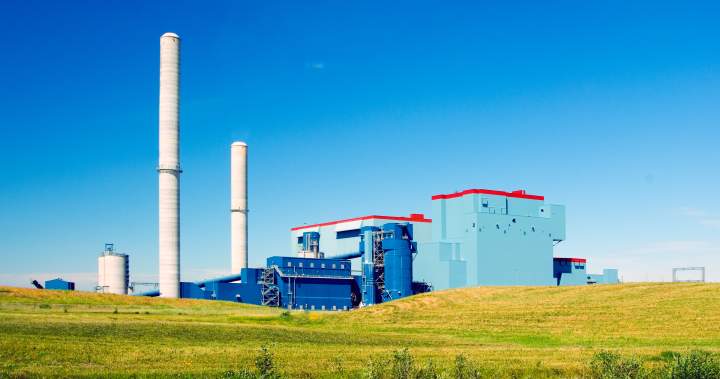In a bold pivot from traditional energy production to digital infrastructure, Capital Power has unveiled ambitious plans to transform its Genesee generating station lands west of Edmonton into one of Canada’s largest data centre projects. This strategic conversion comes as Alberta positions itself at the crossroads of North America’s growing computational demands and the province’s evolving energy landscape.
The Edmonton-based power producer announced Tuesday that it has secured a substantial 1,035-hectare land position surrounding its existing Genesee facility, with intentions to develop a massive data centre campus that could eventually consume up to 1,000 megawatts of electricity. This consumption level rivals the energy needs of a major metropolitan area, underscoring both the scale of modern computing infrastructure and the significant energy transition underway in Alberta.
“This represents not just a transformation of our Genesee site but a reimagining of Alberta’s energy future,” said Brian Vaasjo, Capital Power’s President and CEO. “By leveraging our existing transmission infrastructure and power generation capabilities, we’re creating a natural synergy between traditional energy assets and tomorrow’s digital economy needs.”
The development comes amid Alberta’s broader economic diversification efforts and growing reputation as an emerging data centre hub. Industry analysts point to the province’s reliable power grid, relatively low electricity costs, and increasingly favourable regulatory environment as key factors driving this trend.
Alberta’s power grid operator, the Alberta Electric System Operator (AESO), has reported receiving interconnection requests for proposed data centres totalling approximately 4,000 megawatts over the next decade—roughly equivalent to one-third of the province’s current generation capacity. This surge in potential demand presents both challenges and opportunities for the provincial power system.
“We’re seeing unprecedented interest in Alberta from global technology companies seeking reliable, affordable energy for their computing operations,” explained Mike Law, AESO President and CEO. “While this creates exciting economic development prospects, it also requires careful grid management and infrastructure planning to ensure system reliability for all Albertans.”
Capital Power’s proposal includes phased development beginning with initial data centre construction slated for 2025, with full buildout potentially extending over the coming decade. The company emphasized that the project aligns with its ongoing decarbonization strategy, as its Genesee facility transitions away from coal toward natural gas and renewable energy sources.
The project represents a significant economic opportunity for Leduc County and surrounding communities, with potential to create hundreds of construction jobs and dozens of permanent technical positions once operational. Local officials have expressed cautious optimism about the development’s economic benefits while acknowledging the need for careful planning regarding infrastructure impacts.
Energy economists note that data centres represent a growing segment of global electricity demand, with estimates suggesting they currently consume 1-2% of worldwide electricity production—a figure expected to increase substantially as artificial intelligence applications expand. This trend has prompted discussions about energy efficiency and the carbon intensity of digital infrastructure.
“What makes this project particularly interesting is how it represents the convergence of Alberta’s traditional energy economy with the digital economy,” said Blake Shaffer, energy economist at the University of Calgary. “The question becomes whether these data centres will accelerate renewable energy development or place additional burden on existing generation resources.”
As Capital Power advances its development plans, provincial regulators and grid operators must navigate complex questions about transmission system upgrades, reliability requirements, and ensuring that residential and industrial consumers aren’t adversely affected by potential changes to the province’s electricity market dynamics.
Will Alberta’s ambitious data centre growth usher in a new era of economic prosperity, or will it strain the province’s energy infrastructure beyond its capabilities? The answer likely lies in how effectively industry, government, and regulators collaborate to manage this digital transformation while maintaining system reliability and affordability for all Albertans.
For more information on Canada’s energy transition and economic developments, visit CO24 Canada News and CO24 Business.























